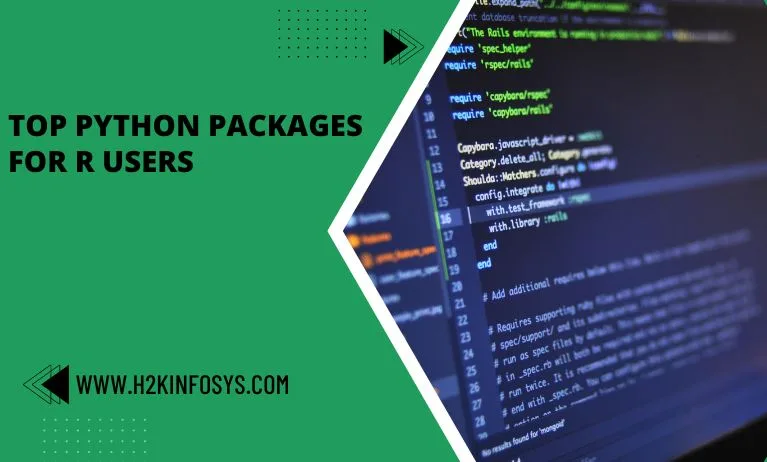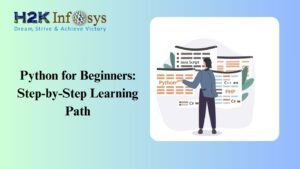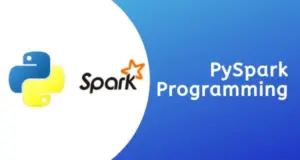Language rivalry “R vs. Python” has a lengthy history. They draw adherents from a variety of industries because they are the de facto programming languages for data research. As a result, practitioners just learn one tool and don’t fully utilise what both languages have to offer. But, as a bilingual data scientist, learning to utilise both R and Python will help you more effectively tackle any issues you may run into in your line of work.
As Python becomes more widely used, more R users are migrating to it. As a result, if you use R, think of this article as a summary of Python libraries that you may incorporate into your routine. Some add greater capability and speed, while some have a syntax similar to R for an easy transition. Check out the online Python certification course to learn more about Python and R packages.
Top Python packages for R Users
Data Manipulation Libraries
A wide variety of data manipulation libraries are available for R. Users of R benefit from having access to a large range of tools, including dplyr, tidyr, and data.table. But, if they want additional features, flexibility, and speed, they might think about moving to various Python substitutes.
Pandas
The pandas library is the most popular Python data manipulation package. With millions of users worldwide, it is the top data manipulation tool. The plotline package provides an implementation of the Python graphics grammar for anyone searching for a natural ggplot2 substitute. It gives R users who want to begin displaying data in Python right away a smooth experience and has remarkably similar syntax and visuals to the ggplot2 library.
Conclusion
Understanding both R and Python gives you the ability to employ the best of both worlds when one is more suited than the other. For instance, the authors note how Python is superior at machine learning, APIs, and MLOps while underlining how R shines in data visualisation with ggplot2 and how developed its reporting environment is with the help of R Markdown and Shiny. Check out the online Python training to find out more.in the Python data science stack. It is currently one of the most widely used Python packages with over 20 million weekly downloads.
Even if you have years of experience using pandas, you may still find yourself picking up new skills because of the vast array of methods and classes it provides for working with data. Although numerous other Python libraries described in this article are created with pandas’ classes in mind, pandas serve as a cornerstone of the ecosystem as a whole.
Despite having such a large library, it is easy to learn and master. It only takes a few classes and functions to do sophisticated analytics on any dataset.
The datatable package for Python
Users of R may not find pandas’ syntax to be too foreign if they prefer utilising the Python datatable library instead. It was written specifically to deal with today’s massive datasets and is inspired by its R counterpart. It can read and manipulate gigabyte-sized files in just a few seconds.
Reading a huge dataset with datatable and converting it to the pandas DataFrame format is a common use case because it is quicker than reading the dataset just with pandas. Nevertheless, as datatable and the R data.table package essentially have identical syntax, users of R don’t even need to do that.
RapidsAI & cuDF
Users of RapidsAI & cuDF wanting to migrate to Python can gain better performance thanks to Python libraries’ ubiquitous GPU support. That potential is precisely what RapidsAI’s cuDF library provides. CuDF is a dataframe framework that uses the processing power of NVIDIA GPUs to allow you to manage datasets containing billions of rows. CuDF’s identical syntax to that of pandas is another benefit.
Library for Data Visualization
One of the most popular libraries for data science is R’s ggplot2, which is the industry standard for data visualisation tools. There are several excellent options, though, for any R user wishing to move to Python for data visualisation.
Matplotlib
While learning data science in Python, one of the first libraries users encounter is Matplotlib. It is one of the few libraries that precisely balance versatility and complexity. In other words, it is simple for new users to learn how to make excellent charts, and it has all the capabilities seasoned users require to make truly remarkable custom plots.
Seaborn
Matplotlib’s disadvantage is that plots need to be highly customised. Seaborn, however, has stories that are simple to style. It is a wrapper API for Matplotlib, making it much simpler for beginners to produce aesthetically pleasing plots. Other plot kinds and sub-plotting capabilities that are not commonly available in Matplotlib are also introduced by Seaborn.
Plotly & Dash
Using a variety of interactive data visualisation libraries, Python also enables the creation of interactive data visualisations. The most notable example is Plotly, which also has strong R roots. It offers interfaces for customising and making complex plots, and it is perfect for producing interactive charts of the highest quality.
Moreover, the Python Dash framework, which is developed on top of Plotly, makes it simple to build stunning web apps for hosting dashboards. Bokeh is a Python package that also makes it simple to deploy visualisations as web apps and allows you to simply generate interactive plots.
Plotline
The plotline package provides an implementation of the Python graphics grammar for anyone searching for a natural ggplot2 substitute. It gives R users who want to begin displaying data in Python right away a smooth experience and has remarkably similar syntax and visuals to the ggplot2 library.
Conclusion
Understanding both R and Python gives you the ability to employ the best of both worlds when one is more suited than the other. For instance, the authors note how Python is superior at machine learning, APIs, and MLOps while underlining how R shines in data visualisation with ggplot2 and how developed its reporting environment is with the help of R Markdown and Shiny. Check out the online Python training to find out more. It6




























